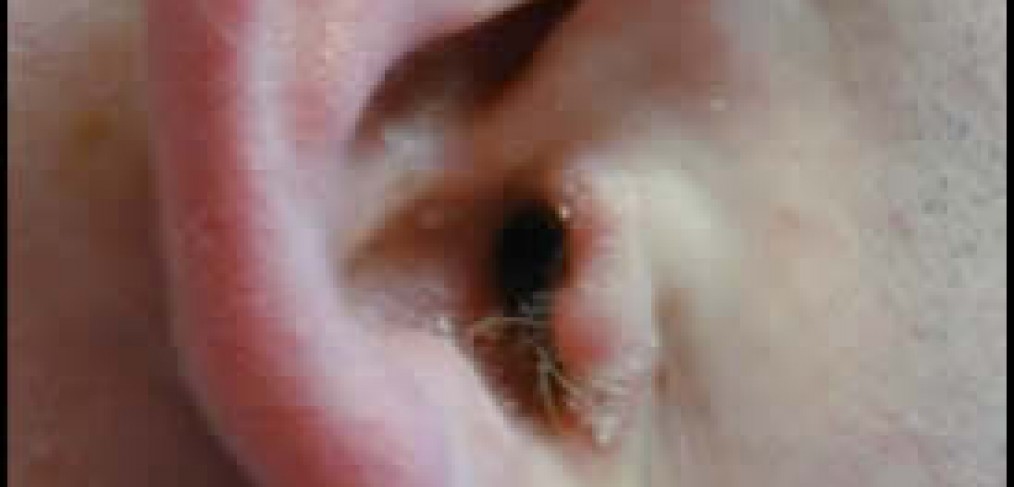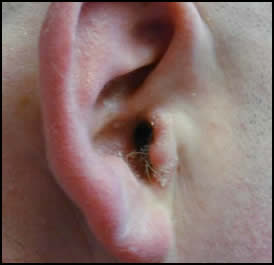I had the uncommon good fortune to have a friend whose family was in the circus. Literally. Three generations of performing with Barnum & Bailey’s traveling circus. What, might you ask, does this have to do with vericose veins? Everything, for it was my friend’s mom bit-o-wisdom that I largely credit with keeping the snake-like demons of ugliness off my legs.
One afternoon, while we were inside their round house, which resembled a four-story high hobbit home (as in, hand-constructed and earthy, more like a mountain than a residence for humanoids, we were having a chat. I was watching my friend’s brother flying around in the trapeze in the center of the room, their practice space. The father was in his wheelchair (he fell without a net) years before I met the family, and my friend was harnessing the belts on her waist. As usual, I was in awe of the graceful, lithe bodies that swirled above me, commenting on keeping a beautiful physique. Somehow, the conversation turned to legs, the mom’s in particular.
“Just don’t cross your legs,” she said, something my mother had also told me. “It’s the most important thing you can do.” She went on to point out that men who cross their legs always have a lot of red marks and bumps above their knees. “And do you notice the women? They have red marks on the top of their thighs from the hours and days of weight on their legs.” She then lifted her calf to show where the pressure on the lower leg creates spider veins.
As a teenager, I took her words to heart, never, ever, crossing my legs. It was hard to sit sideways, knees touching, as the others looked far more compely, sitting with their gams crossing, ankles touching delicately in perfect posture form. As an adult, I struggled to look refined as men and women in business meetings crossed and uncrossed, as much to make a statement as to be comfortable. Not I. I kept the faith, just as I did for not wrinkling my nose, raising my eyebrows or raising my forehead in order to stave off deep lines (that worked!).
Years later, as women of my age started getting saline solution injections or having their veins removed, I have been fortunate to do neither, but have used the horse chestnut oil I mentioned in the earlier blog.
Is it the floors?
Quite a few women I now hang with are firm believes that the floors they stand on have assisted in the maturation of veins. Hard floors, particularly in the kitchen (slate, tile etc) are considered the culprit by many. I can’t say either way, since I have slate and have been standing on that for a dozen years now. Several women have ripped up their floors and put installed bamboo floors or cork. The bamboo is supposed to be quite soft, and the cork feels bouncy in a weird sort of way. It’s an interesting look (not for me) but works well in the right setting.
Teenagers reading this….don’t cross your legs, exercise, and adults, give your feet a rest and keep the horse chestnut oil handy.
PS the last time I saw my friend, she was getting shot out of a canon as I watched in Entertainment Weekly. Yes. people do live that life.


